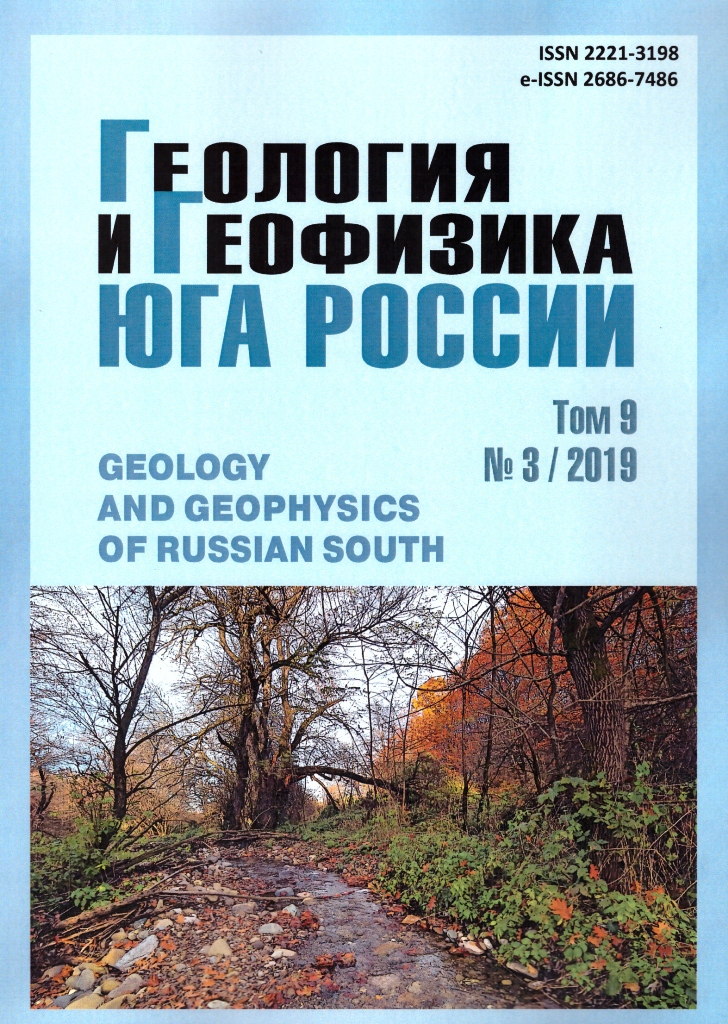Geothermics and seismicity of the Caucasus region and invers problem of geodynamics
Keywords:
geothermy, seismicity, geodynamics, Caucasus, modeling, seismic tomography
Abstract
The problem of the formation and evolution of geological structures is one of the most important in tectonics and geodynamics. The connection of surface structures with deep movements in the lithosphere and asthenosphere always remains at the center of research by geologists and geophysicists. The Caucasus region is a complex highly-stressed geodynamic structure, characterized by increased heat flow, high seismicity, magmatism and volcanism. The geodynamics of the Caucasus region is determined by the collision of the Eurasian and Arabian lithospheric plates, as well as the complex history of the development of the Alpine-Himalayan belt. From the point of view of deep geodynamics, the Caucasus is one of the most active zones of collision of lithospheric plates, characterized by significant speeds of horizontal and vertical movements. The solution of the problem of the formation and evolution of geological structures in various complex geodynamic settings requires an analysis of all the available geological and geophysical data, as well as the formulation and solution of problems of mechanical and mathematical modeling. The solution of the inverse problem of geodynamics by the direct method is developed. The first inverse problem of geodynamics was solved – the restoration of the velocity fields, pressures and stresses at the depth of the lithosphere according to the available data on the velocities on the surface. The second inverse problem of geodynamics has been posed and solved – the determination of the movement of boundaries at the depth of the lithosphere based on the given movements of the surface The solutions obtained can be used to analyze deep geodynamic problems, and together with geothermal modeling, geological and geophysical methods and seismic tomography can serve as a reliable apparatus for studying deep geodynamics due to the formation and evolution of geological structures. The solution of the problem is analyzed on the example of the geodynamics of the Caucasus region. The results of mechanical and mathematical modeling are well confirmed by the data of geological and geodynamic reconstruction and seismotomography. Mechano-mathematical modeling makes it possible to study the evolution of the geological structure in dynamics, while geophysics and seismotomography give a deep section of the layers at the moment. A comparative analysis of various approaches and solutions makes it possible to more reliably draw conclusions about the underlying mechanisms of movements and their manifestation on the Earth’s surface and substantiate the most probable reasons for the formation and evolution of various geological structures and processes.
Published
2019-10-25
Section
Articles


